Armagnac is a spirit often compared to brandy and cognac. It is produced only in the southwestern regions of France and is considered to be the first distilled local drink. Armagnac is among the favorite drinks of the French and they love to joke, saying that they kept it for themselves while giving cognac to the world. And in fact, the export of cognac is vastly higher than that of Armagnac. Interestingly enough, it is considered a prestigious gift suitable for the fairer sex.
History of Armagnac
Armagnac is the oldest distilled beverage in France. It has been known about for centuries and was initially consumed for its supposed therapeutic properties. There are accounts of the drink being taken as an aid against reddened and burning eyes in the 14th century. It was also thought to have a beneficial effect against gout, hepatitis and other diseases.
Further, it was used in massages for restoring paralyzed limbs and for faster wound healing. Based on observations by people in the Middle Ages, when taken in small amounts, Armagnac raised the spirit, improved memory and contributed to wittier expression of the imbiber.
In addition, women believed that consuming it would keep them young and their skin looking beautiful. During the 15th and 17th centuries, Armagnac was primarily common in several markets in France but eventually Dutch traders made sure that the alcoholic product would gain wider popularity.
Production of Armagnac
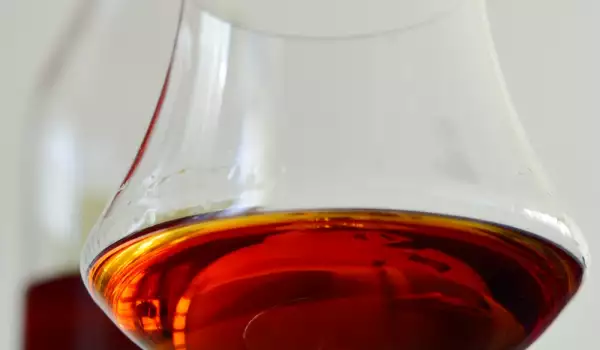
In order for a drink to be rightfully called Armagnac, it needs to meet several requirements. First, the alcoholic drink needs to have been made in the specific region called Armagnac in the historical area of Gascony. To make it they use a distillate from various types of grapes, including Ugni blanc. The production process includes several regulated steps.
The specific thing about this type of alcohol is that it's obtained using the so-called continuous distillation, using wines that are white and pure, meaning without sugar and sulfur. The distillate output has between 52-70% ABV.
After distillation, the Armagnac spirit is left in vats made from French oak. While it ages, the substance changes tone and gains its caramel color, which can vary in the different varieties. Its stay in the wooden container is also responsible for its enticing scent.
Even though Armagnac producers generally use single distillation, double distillation was also legalized in 1972. But it is more difficult to do, plus it requires more resources, which is also why it's used less often. What needs to be known however, is that afterward, the taste and fragrance of the drink are significantly gentler and more refined.
Armagnac is a drink which ages beyond remarkable. Aging is different depending on the different brands. But in general the drinks are aged between 3-12 years. Of course there are much older representatives of it.
Characteristics of Armagnac
Armagnac is a drink with unforgettable characteristics. It has an exceptionally deep, strong and rich taste that is felt even after the first sip. At the same time, it impresses with a fragrance reminiscent of the aromas of flowers such as rose and jasmine.
In some types they also add the fragrance of dried damsons. If the drink has aged a little longer in the oak barrels, it will have gained the aroma of old oak and leather. After drinking, one also picks up on a gentle and velvety aftertaste.
Serving Armagnac
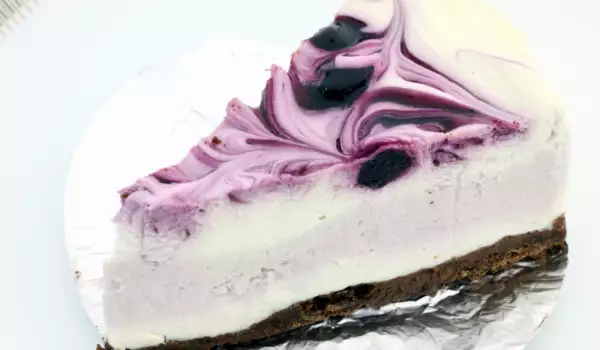
Armagnac is one of those drinks that needs to be served in an appropriate glass and at the right temperature to reveal its most impressive qualities. Experts recommend using a special tulip style Armagnac glass. If you cannot obtain one, you can serve the beverage in a regular cognac glass. As far as the temperature at serving, it needs to be between 60°F (15 °C) and 70°F (20 °C).
Armagnac is not a beverage to be served before meals. In fact it's recommended to be served toward the end of a meal. This does not at all mean that you should consume it on its own. It can be mixed with warm beverages such as coffee or sodas like tonic.
Fruit desserts are most suitable for this drink. You can combine it with fruit salads, ice creams, cheesecakes, layer cakes and all sorts of pastries containing fruits such as raspberries, blueberries, blackberries, plums, cherries, sour cherries and others. Appropriate recipes include cake with fruits, blueberry cheesecake, blackcurrant cheesecake.
As well, Armagnac goes well with chocolate pastries, both raw and baked ones. You can't go wrong harmonizing the taste of the drink with sweet temptations such as chocolate biscuits, easy chocolate roll, chocolate gelatin, chocolate hedgehogs and others.
Younger Armagnac can be served earlier too, with dishes of light meats. Fish dishes are an excellent choice. Try it with salmon pâté, baked white fish or fried hake.
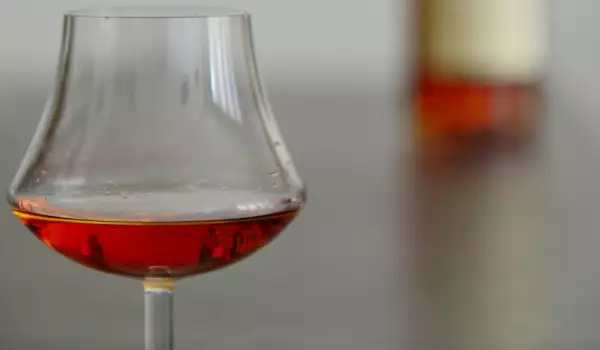
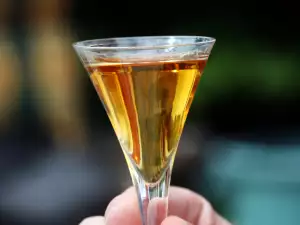
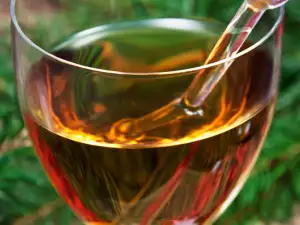
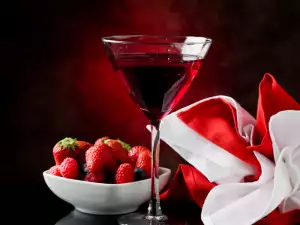

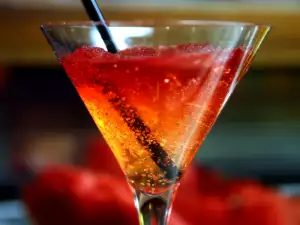



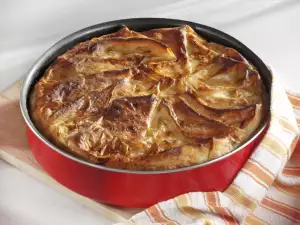
Comments